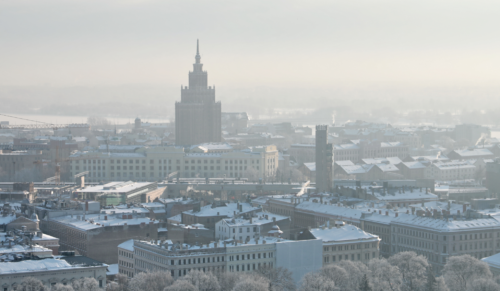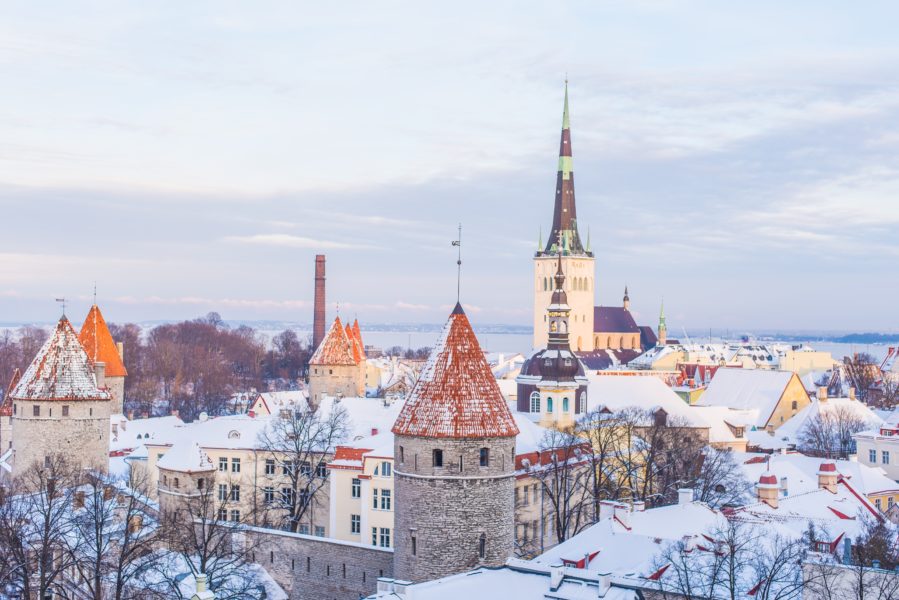
Latvia
Latvia
Science in Latvia
Batteries, thin metal alloys - these are the topics Latvian science is most concerned with. This is because many of Latvia's research institutions and also universities cooperate with industry to finance their research. The country itself has invested little in science for a long time. EU accession in 2004 has improved working conditions for scientists in the small country. EU funding supports solid-state physics in particular, and the country's research budget has doubled since. Nevertheless, the small country cannot yet keep up with other countries in all areas of research. In one thing, however, Latvia is already at the top of the EU: the proportion of women in research is higher than in any other EU country.
The Facts
| Population | 1,882,000 [1] |
| Area | 62,230 km² [2] |
| Gross domestic product per capita in US-Dollar | 23,153.0 [3] |
| Public expenditure on education (share of GDP) | 6.0 % [4] |
| Share of female researchers | 51.0 % |
| Universities | 50 |
| Universities per 1 million inhabitants | 25.60 |
| Students | 80,355 |
| Expenditure on Research and Development (share of GDP) | 0.6 (share of GDP) [5] |
Quellen:
-
↑
https://www.destatis.de/DE/Themen/Laender-Regionen/Internationales/Laenderprofile/lettland.pdf?__blob=publicationFile
-
↑
https://www.destatis.de/DE/Themen/Laender-Regionen/Internationales/Laenderprofile/lettland.pdf?__blob=publicationFile
-
↑
https://www.destatis.de/DE/Themen/Laender-Regionen/Internationales/Laenderprofile/lettland.pdf?__blob=publicationFile
-
↑
https://www.destatis.de/DE/Themen/Laender-Regionen/Internationales/Laenderprofile/lettland.pdf?__blob=publicationFile
-
↑
https://www.destatis.de/DE/Themen/Laender-Regionen/Internationales/Laenderprofile/lettland.pdf?__blob=publicationFile




